|
Planes
have changed a lot since the days of the Wright Brothers (or, perhaps
more accurately, Brazilian inventor Alberto Santos). Those first
wood-and-cloth contraptions are an entirely different species than the
sleek Boeing Dreamliners of today. With the continual advancements in
aerospace technology, it's hard to keep up with all the amazing things
planes today are capable of doing (and withstanding). Below, 11 things
you didn’t know about airplanes and air travel.
|
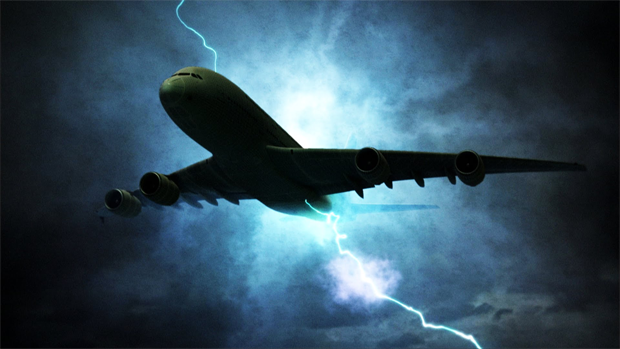 |
Planes are designed to be struck by lightning—and they regularly are
hit. It’s estimated lightning strikes each aircraft once a year—or once
per every 1,000 hours of flight time. Yet, lighting hasn’t brought down
a plane since 1963, due to careful engineering that lets the electric
charge of a lightning bolt run through the plane and out of it,
typically without causing damage to the plane.
|
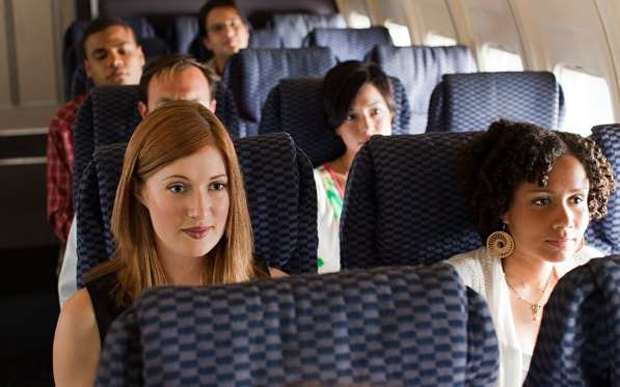 |
|
The FAA says there is no safest seat on
the plane, though a TIME study of plane accidents found that the middle
seats in the back of the plane had the lowest fatality rate in a crash.
Their research revealed that, during plane crashes, “the seats in the
back third of the aircraft had a 32 percent fatality rate, compared with
39 percent in the middle third and 38 percent in the front third.”
However, there are so many variables at play that it’s impossible to
know where to sit to survive a crash. Oh, and plane crashes are
incredibly rare.
|
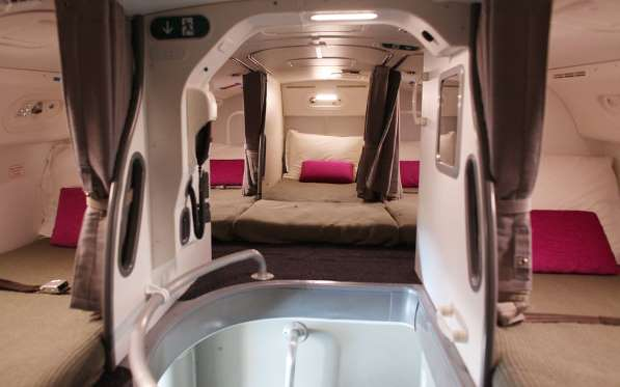 |
On long-haul flights, cabin crew can work 16-hour days. To help combat
fatigue, some planes, like the Boeing 777 and 787 Dreamliners, are
outfitted with tiny bedrooms where the flight crew can get a little
shut-eye. The bedrooms are typically accessed via a hidden staircase
that leads up to a small, low-ceilinged room with 6 to 10 beds, a
bathroom, and sometimes in-flight entertainment.
|
 |
The tires on an airplane are designed to withstand incredible weight
loads (38 tons!) and can hit the ground at 170 miles per hour more than
500 times before ever needing to get a retread. Additionally, airplane
tires are inflated to 200 psi, which is about six times the pressure
used in a car tire. If an airplane does need new tires, ground crew
simply jack up the plane like you would a car.
|
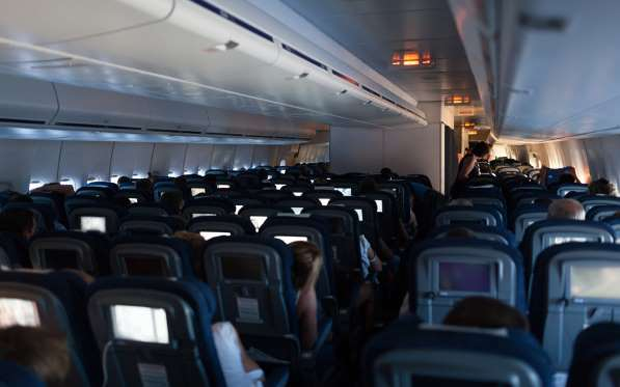 |
When a plane lands at night, cabin crews will dim the interior lights.
Why? In the unlikely event that the plane landing goes badly and
passengers need to evacuate, their eyes will already be adjusted to the
darkness. As pilot Chris Cooke explained to T+L: “Imagine being in an
unfamiliar bright room filled with obstacles when someone turns off the
lights and asks you to exit quickly.” Similarly, flight attendants have
passengers raise their window shades during landing, so they can see
outside in an emergency and assess if one side of the plane is better
for an evacuation.
|
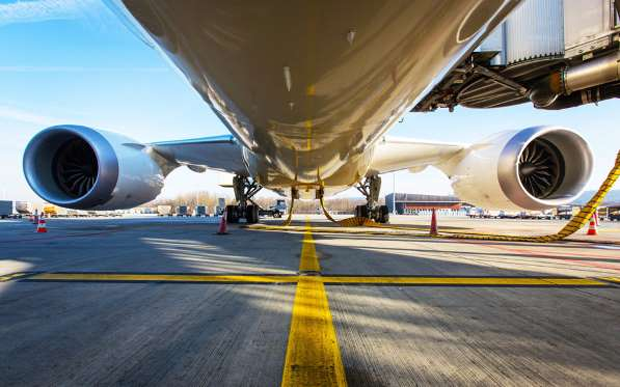 |
The idea of an engine giving out mid-flight sounds frightening, but
every commercial airplane can safely fly with just one engine. Operating
with half the engine power can make a plane less fuel-efficient and may
reduce its range, but planes are designed and tested for such
situations, as Popular Mechanics reported. Any plane scheduled on a
long-distance route, especially those that fly over oceans or through
uninhabited areas like the Arctic, must be certified by the Federal
Aviation Administration (FAA) for Extended-range Twin Operations (ETOPS),
which is basically how long it can fly with one engine. The Boeing
Dreamliner is certified for ETOPS-330, which means it can fly for 330
minutes (that’s five and a half hours) with just one engine. In fact,
most airplanes can fly for a surprisingly long distance with no engine
at all, thanks to something called glide ratio. Due to careful
aeronautical engineering, a Boeing 747 can glide for two miles for every
1,000 feet they are above the ground, which is usually more than enough
time to get everyone safely to the ground.
|
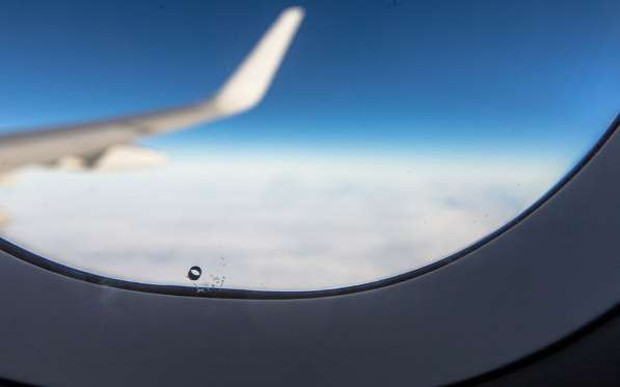 |
It’s to regulate cabin pressure. Most airplane windows are made up of
three panels of acrylic. The exterior window works as you would
expect—keeping the elements out and maintaining cabin pressure. In the
unlikely event that something happens to the exterior pane, the second
pane acts as a fail-safe option. The tiny hole in the interior window is
there to regulate air pressure so the middle pane remains intact and
uncompromised until it is called into duty.
|
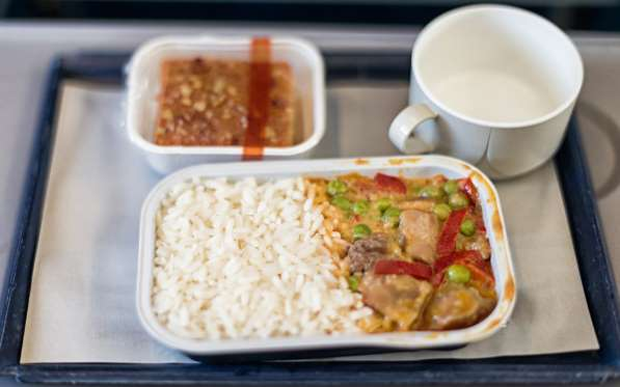 |
Airplane food has a bad reputation, but the food itself isn’t entirely
to blame—the real fault lies with the plane. A 2015 Cornell University
study, reported by Time, found that the environment inside an airplane
actually alters the way food and drink tastes—sweet items tasted less
sweet, while salty flavors were heightened. The dry recycled air inside
the plane cabin doesn’t help either as low humidity can further dull
taste and smell making everything in a plane seem bland. According to a
2010 study from the Fraunhofer Institute for Building Physics in
Germany, it’s about 30 percent more difficult to detect sweet and salty
tastes when you’re up in the air. Next time you fly, skip the meal, and
maybe try a glass of tomato juice instead.
|
|
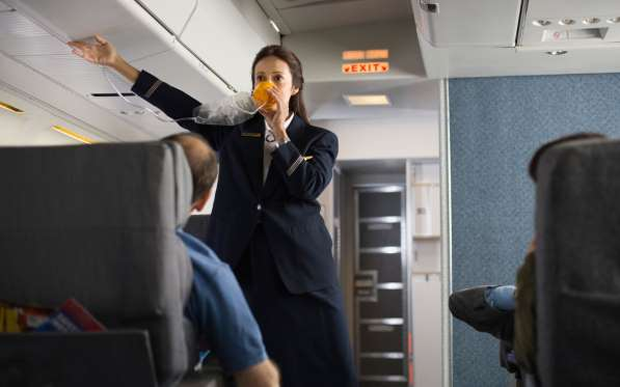 |
|
The safety instructions on most flight include how to
use the oxygen masks that are deployed when the plane experiences a
sudden loss in cabin pressure. However, one that thing that the flight
attendants don’t tell you is that oxygen masks only have about
15-minutes worth of oxygen. That sounds like a frighteningly short
amount of time, but in reality that should be more than sufficient.
Remember, oxygen masks drop when the airplane cabin loses pressure,
which means the plane is also losing altitude. According to Gizmodo, a
pilot will respond to that situation by donning an oxygen mask and
moving the plane to an altitude below 10,000 feet, where passengers can
simply breathe normally, no extra oxygen required. That rapid descent
usually takes way less than 15 minutes, meaning those oxygen masks have
more than enough air to protect passengers.
|